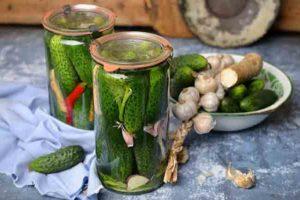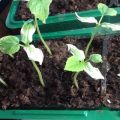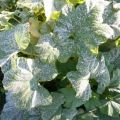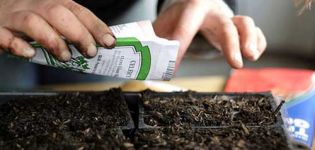Description of the Crispin cucumber variety, its characteristics and yield
Crispina cucumber f1 belongs to the hybrid varieties of the Dutch selection with an average ripening period. The plant is distinguished by high productive qualities and undemanding growing conditions. From just 2 m2 can be removed per season up to 20 kg of cucumbers.
The variety is ideal for cultivation in closed structures, but shows good yields in the open field.
Description of the advantages of the variety:
- universality of use;
- the ability to maintain the presentation and quality of fruits for a long time;
- resistance to a large list of diseases;
- amazing yield indicators;
- the ability to endure adverse climatic conditions.
The variety does not require pollination for fruiting. The plant has leaf plates of a small size with a medium degree of wrinkling. Their color depends on the amount of incoming light rays and heat. The more light comes in, the darker the color of the leaves will be. The plant has a strong root system, thanks to which the plant is able to form many fruits and withstand changes in weather conditions. Reviews of experienced gardeners and professional breeders include this kind of cucumber among the unsurpassed leaders in terms of yield and endurance.
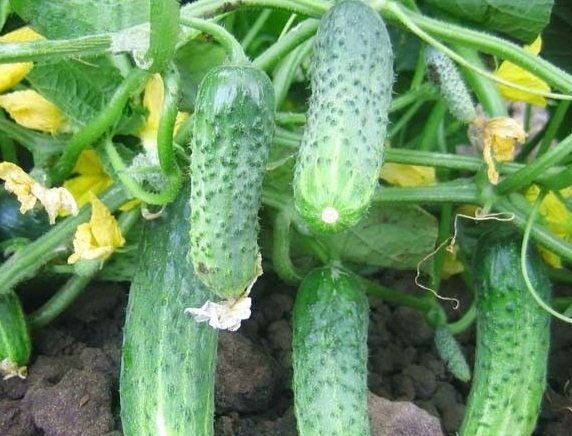
Description of fruits
Crispina cucumber is characterized by a cylindrical fruit shape with large characteristic tubercles on the surface. The first fruits have the following characteristics:
- length varies from 10 to 12 cm;
- average weight from 100 to 120 grams;
- the diameter is 4 cm.
In one axil of a leaf, from 1 to 3 fruits can be tied. Cucumbers are light or dark green in color. Each fruit has slight pubescence and thorns.
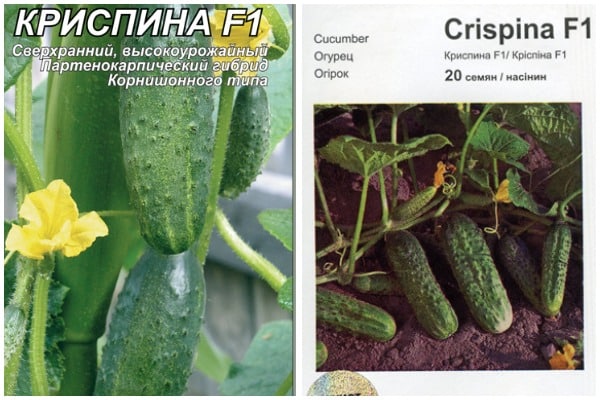
Crispy vegetables do not contain bitterness and have a characteristic cucumber taste and smell. The variety belongs to the universal type. Taste qualities are preserved in light-salted form even after undergoing heat treatment during canning. Harvested vegetables retain their taste for a long time and tolerate difficult transportation conditions.
The advantage of the variety is resistance to various types of diseases in the form of powdery mildew, cladosporium disease, ordinary mosaic. The plant has a long fruiting period. At the beginning of fruit ripening, the bushes are undemanding to heat, and during the growing season they are able to withstand high temperatures in heat.
Features of growing seedlings and seeds
For the possibility of obtaining an earlier harvest in closed greenhouses, it is recommended to sow seeds in small containers with further transplantation into the greenhouse.It is recommended to choose a pot for planting no more than 8 cm in diameter. The following soil composition is considered optimal:
- peat - 3 parts;
- humus - 1 part;
- turf - 1 part;
- fertilizers in the form of nitrate, potassium sulfate.
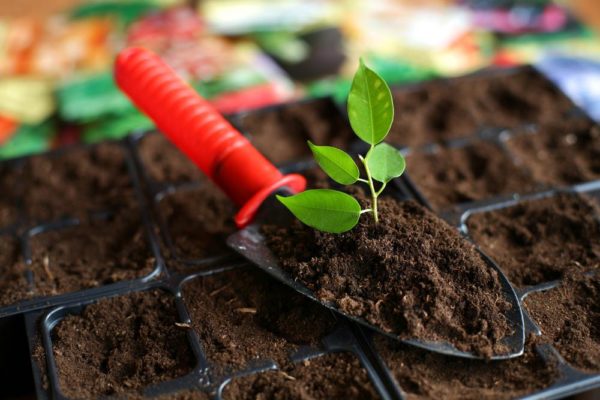
Seedlings can be planted 25 days from the moment of sowing, therefore, taking into account this feature, determine the time of work with planting material. When planting in the ground, the soil temperature should be at least 17 C... Stretching and thinning of seedlings should not be allowed, since such shoots will not give a good harvest.
If it is impossible to plant seedlings in permanent soil, it is recommended to transplant the plant in a larger container.
When planting seeds in the ground, it is important to choose the right planting time. It is necessary to have a sufficient degree of heating of the soil and the absence of the threat of frost. When planting by sowing seeds in the ground, the quality of the beds plays an important role. Their recommended height is considered to be from 15 to 20 cm. There should be a distance of at least 1 meter between each bed. When planting, you should be guided by a scheme in which there should be a distance of 25 to 45 cm between each shoot.
How to properly care for?
Cultivation of the variety does not require significant effort, since the variety is unpretentious and suitable for cultivation even by novice gardeners. In greenhouse cultivation, the bush is formed into 1 stem. If desired, you can grow the plant in a spread.

When grown on a trellis, at the moment the shoot reaches 7 nodes, blinding is done in its lower area. Further. in the first 4 sinuses of the main stem, a similar procedure is carried out and in the next 4 nodes I eliminate all stepsons, leaving 1 ovary on the shoot. Further actions depend on the degree of thickening of the plant. Do not be afraid to remove unnecessary stepchildren, as such actions allow the plant to provide the fruits with sufficient nutrition and directly affect the yield indicators.
As the plant grows, the lower yellowed and dried leaves must be removed. This will improve air circulation in the greenhouse and reduce the risk of plant diseases associated with stagnation and lack of ventilation.
